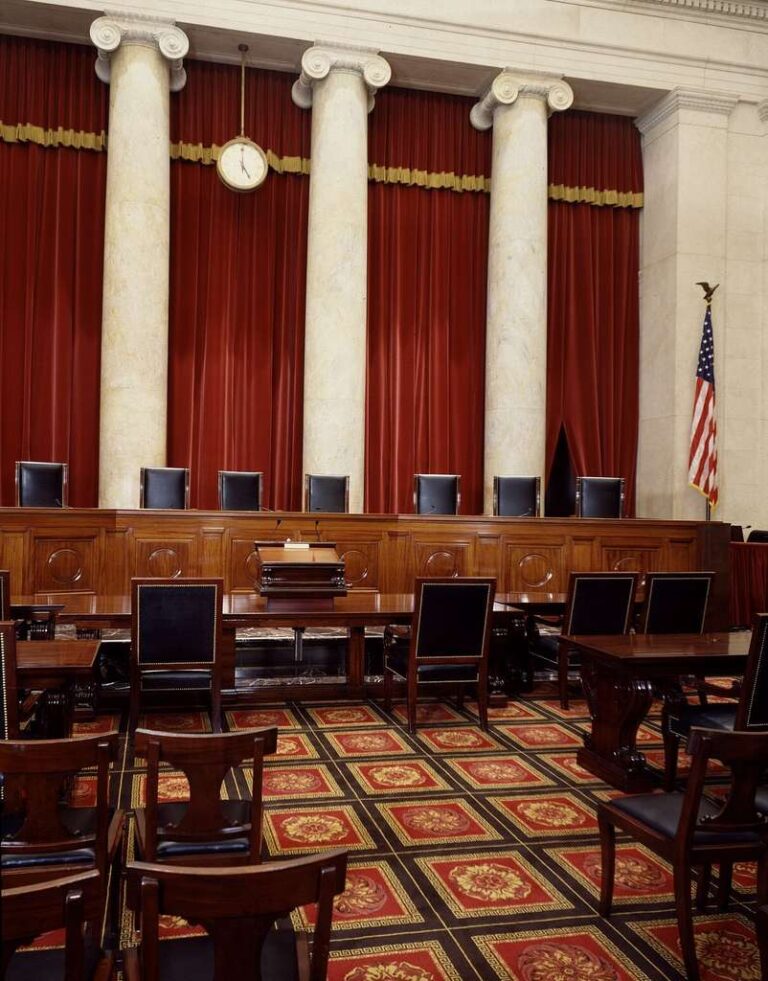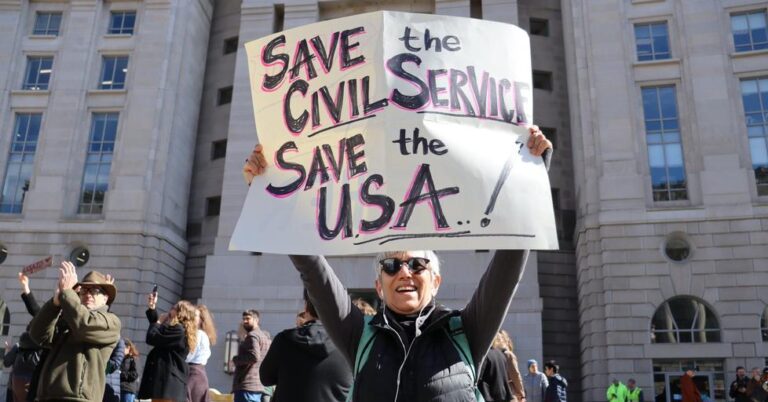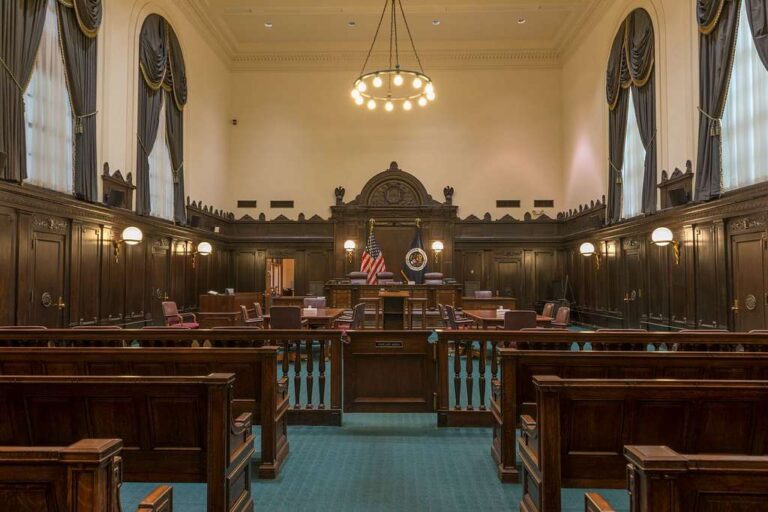
Benjamin Sachs is the Kestnbaum Professor of Labor and Industry at Harvard Law School and a leading expert in the field of labor law and labor relations. He is also faculty director of the Center for Labor and a Just Economy. Professor Sachs teaches courses in labor law, employment law, and law and social change, and his writing focuses on union organizing and unions in American politics. Prior to joining the Harvard faculty in 2008, Professor Sachs was the Joseph Goldstein Fellow at Yale Law School. From 2002-2006, he served as Assistant General Counsel of the Service Employees International Union (SEIU) in Washington, D.C. Professor Sachs graduated from Yale Law School in 1998, and served as a judicial law clerk to the Honorable Stephen Reinhardt of the United States Court of Appeals for the Ninth Circuit. His writing has appeared in the Harvard Law Review, the Yale Law Journal, the Columbia Law Review, the New York Times and elsewhere. Professor Sachs received the Yale Law School teaching award in 2007 and in 2013 received the Sacks-Freund Award for Teaching Excellence at Harvard Law School. He can be reached at [email protected].
It’s a good moment to think creatively and expansively about how to revitalize the U.S. labor movement. This important work is underway, with contributions from academics, labor lawyers, union organizers, and others. Substantive debates about the future of labor law and labor organizing now populate the pages of publications ranging from the Yale Law Journal to Boston Review. Much of this writing evidences an appropriate degree of optimism – the pieces assume a future in which, for example, progressive law reform might be possible, or in which workers can regain power through increased use of strikes even in the absence of law reform, or in which fundamental aspects of U.S. political economy (and political ideology) might be transformed. This kind of optimism is necessary to visionary thinking, and it’s badly needed today.
But, I thought it might also be worth writing from the opposite perspective and asking how bad it might really/plausibly get over the next handful of years. Most of us know much of this already, so you might wonder what the point of such a morose exercise would be. The idea is not to wallow. To the contrary, the idea is that putting in one place the major pieces of what could go wrong (legally) over the next few years could help as we continue to imagine and build a better future for the labor movement. As Van Jones put it recently, “hope for the best but expect and prepare for the worst.”
Some caveats. One, and most important, what follows are not predictions, and I do not mean to suggest that these things are likely. Instead, these are thoughts about the kinds of negative developments that seem within the realm of the possible (even though, with respect to every one, I think the better arguments are on the other side). Two, given the limits of my expertise, I focus exclusively on how bad labor law could get, leaving to others the question of how bad things could get on other fronts. Three, I may be wrong in two directions: omitting other possible problems and including things that aren’t plausible. For that reason, we invite follow-on posts that offer either kind of corrective. Four, and finally, it might be worth saying that this exercise goes against my own nature, which, for better or worse, skews optimistic (as I’ve been critiqued for being).
All that said, here’s what seems within the realm of the plausible:
- Most obviously, the Supreme Court could rule that all mandatory dues arrangements in the public sector are unconstitutional. The most likely vehicle for such a decision, Janus v. AFSCME, is nearly ripe for review. As readers know, if the Court overrules Abood and finds that agency fees constitute compelled speech or association and thereby contravene the First Amendment, the Court will constitutionalize a right-to-work regime for every public sector job in the United States. As a constitutional rule, this public-sector right-to-work requirement could not be undone by any legislature, even by the U.S. Congress.
- National right-to-work could then move from the public sector to the private sector. This could happen in one of two ways. First, Congress could enact a national right-to-work law. Second, the Supreme Court could extend a Janus-like ruling to the private sector. Justice Kennedy, in his first question during the Friedrichs oral argument, raised the spectre of this possibility. Of course, such a holding would require the Supreme Court to do lots of work on state action doctrine, or, more likely, to figure out some way to make an exception to state action doctrine for labor law. But Kennedy’s question points to the possibility: “It is true, though, assuming that you have a state statute which allows an agency shop or a – a closed shop [in the private sector] that that is State participation in the very kind of coerced membership and coerced speech that you’re objecting to.”
- Exclusive representation itself could be ruled unconstitutional, again as violative of the First Amendment. The National Right to Work Foundation is pressing this argument in a number of cases. This strikes me as decidedly less likely than possibilities 1 and 2, and Right to Work is losing the argument in the lower courts thus far. But should Abood fall, exclusive representation may become more constitutionally vulnerable (depending, in part, on what the Supreme Court says in an opinion striking down Abood).
- Putting 2 and 3 together, we could then conceivably get a Supreme Court decision holding that a law requiring private sector employers to recognize exclusive representative unions is also unconstitutional. This would not prohibit employers from recognizing an exclusive bargaining agent. But it would mean that no private sector employer could be obligated to do so by law.
- The Supreme Court could return to section 302 in a Mulhall-type case and rule that neutrality and card-check agreements (and agreements granting organizers property access rights and the like) are “things of value” that an employer may not offer to a union. Such a holding would convert organizing agreements into felonies.
- The Court could hold that employers can require employees to agree to arbitrate employment law claims and to arbitrate them on an individual basis. The cases through which the Court could do this are already before the Court. The result would be a profound evisceration of employees’ ability to effectively vindicate rights at work through legal process.
- Some of the best thinking about the future of the labor movement has focused on non-union forms of worker organizing, including worker centers. Part (though certainly not all) of the promise of these forms of organization comes from the fact that they are not unions and therefore not subject to the restrictions that labor law places on unions, including the ban on secondary boycotts and the intense rules regarding internal governance and reporting that apply to unions. But the NLRB could well reverse its position on worker centers and decide that they are “labor organizations” and therefore subject to the secondary prohibitions in federal labor law. Similarly, the Department of Labor could categorize the centers as labor organizations and thereby impose all the strictures of the Labor Management Reporting and Disclosure Act on them.
- Then there are the many, many smaller-scale – but still highly relevant – things that the NLRB may do. Among these are reversing the decisions in Browning-Ferris (thereby making it much more difficult to hold joint employers accountable for labor law violations and to bring the relevant parties to the bargaining table), Specialty Healthcare (thereby making it even more difficult to successfully organize bargaining units), Columbia University (making it impossible for grad student unions to get certified by the NLRB), and Purple Communications (making it harder for workers to use new technology in organizing).
Some of the writing about the future of the labor movement (including some of my own) focuses on whether unions should continue to support exclusive representation or should, instead, embrace a members-only model. In this worst-case scenario world, what happens to that debate? Exclusive representation becomes unconstitutional in the public sector, and available only through voluntary employer agreement in the private sector. Members-only unionism remains available, but, as under current law, only if agreed to voluntarily by the employer. That is to say, members-only is the only possibility for public sector unions. And, in the private sector, members-only and exclusive representation are available only when workers can secure them without legal compulsion.
In broad strokes, then, the kind of labor law regime we might inhabit would be one defined in part by the lack of legal support for unions and collective bargaining (and in which much of that legal support was rendered off limits by the constitution). Some observers will believe that we already inhabit such a legal regime. But these developments would undoubtedly make things worse. Other things – like agency fee and like exclusive representation in the public sector – could be affirmatively prohibited by law. And if the 302 jurisprudence gets moving, we could be looking at a world in which a wide swath of important union activities – indeed, many of the kinds of things that have made organizing possible over the last few decades – were outlawed.
As I said at the outset, I am not predicting this outcome. But as we think about where to go in the years ahead, and how to rebuild, we should keep this worst-case scenario in the back of our minds.










Daily News & Commentary
Start your day with our roundup of the latest labor developments. See all
December 3
The Trump administration seeks to appeal a federal judge’s order that protects the CBAs of employees within the federal workforce; the U.S. Department of Labor launches an initiative to investigate violations of the H-1B visa program; and a union files a petition to form a bargaining unit for employees at the Met.
December 2
Fourth Circuit rejects broad reading of NLRA’s managerial exception; OPM cancels reduced tuition program for federal employees; Starbucks will pay $39 million for violating New York City’s Fair Workweek law; Mamdani and Sanders join striking baristas outside a Brooklyn Starbucks.
December 1
California farmworkers defend state labor law, cities consider requiring companies to hire delivery drivers, Supreme Court takes FAA last-mile drivers case.
November 30
In today’s news and commentary, the MSPB issues its first precedential ruling since regaining a quorum; Amazon workers lead strikes and demonstrations in multiple countries; and Starbucks workers expand their indefinite strike to additional locations. Last week, the Merit Systems Protection Board (MSPB) released its first precedential decision in eight months. The MSPB had been […]
November 28
Lawsuit against EEOC for failure to investigate disparate-impact claims dismissed; DHS to end TPS for Haiti; Appeal of Cemex decision in Ninth Circuit may soon resume
November 27
Amazon wins preliminary injunction against New York’s private sector bargaining law; ALJs resume decisions; and the CFPB intends to make unilateral changes without bargaining.